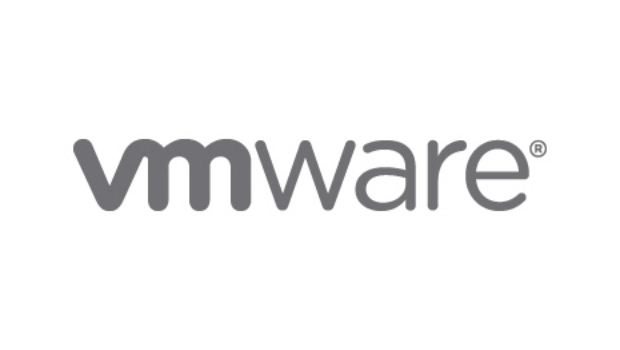With the unveiling of a pair of open source projects, Project Photon and Project Lightwave, VMware is expanding the range of its offerings for enterprises dealing with containerised apps.
Photon and Lightwave are aimed mainly at enterprises where VMware solutions, vSphere and vCloud Air, specifically, are already in heavy use. That limits the scope of their impact, but VMware is inching toward making its proprietary products work well with the growing universe of open source solutions for managing data centre applications and VMs.
VMware describes Photon as “a lightweight Linux operating system for containerised applications” — a description that could apply to everything from CoreOS to Red Hat’s Atomic Host. The specific details also seem similar to CoreOS, as Photon includes support for Docker, AppContainer/Rocket, and Pivotal’s Garden container format.
Photon separates itself from CoreOS and the like through its integration with the rest of VMware’s world — specifically vSphere, where Photon not only integrates, but will also be supported by VMware.
The other new project, Lightwave, is also designed to provide integration for containers into VMware’s world, but by providing them with a common identity and access-management technology. The goal is to not only control access to containers via the usual array of identity and authentication mechanisms (LDAP, Kerberos, SAML), but also to extend that control to parts of a container stack that are not typically governed by such arrangements — the scheduler, for instance, or the different layers of a distributed application.
Third-party integration has already been lined up for Lightwave integration, such as Mesosphere’s DCOS, which authorises that workloads in containers have proper access rights to resources like Hadoop.
The purpose of these projects is “to make the developer a first-class citizen and user of the data centre,” said Mike Adams, director of product marketing for VMware, in a phone call. “If you look at how the developer is involved in the data centre today, they’re kind of off to the side, requesting resources through APIs and hopefully getting them quickly, but in general they’re not taking advantage of the data centre in the most optimised way.”
What Adams described as the power struggle between dev and ops to set up infrastructure echoes the narrative used by OpenStack vendors to describe how that product is meant to make it easier to provision resources across enterprises. VMware has its own OpenStack play as well — but one tightly integrated with vSphere.
Besides CoreOS, other platforms optimised for containers have started stepping up, each with its own philosophy of how containers should be managed and run. Joyent’s Docker host, for example, eschews the VM-based approach for containers, and instead runs on bare metal using an OS-native isolation system. But few people may want to ditch an existing vSphere/vCloud Air installation for it.
Adding a container-oriented solution to vSphere makes sense, not only because of the growing interest in containers generally, but as a way for VMware to not bank on any one new item. If OpenStack proves to be too heavyweight and over-engineered to satisfy the needs of enterprises and containers hit more of the sweet spot, VMware seems to have at least one plan for how to handle the possibility.
Serdar Yegulalp, IDG News Service







Subscribers 0
Fans 0
Followers 0
Followers